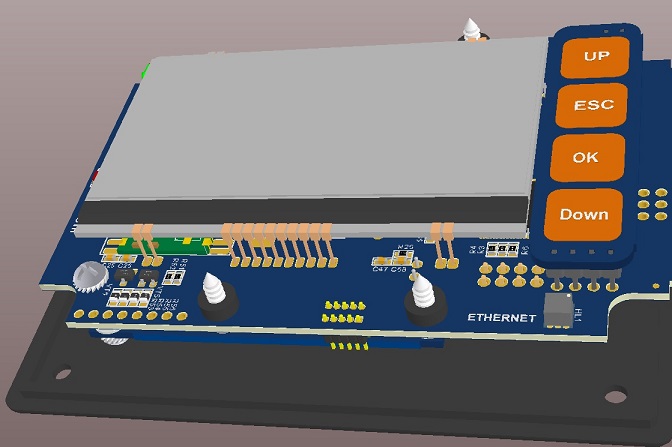💬 Wall Socket Insertable Node
-

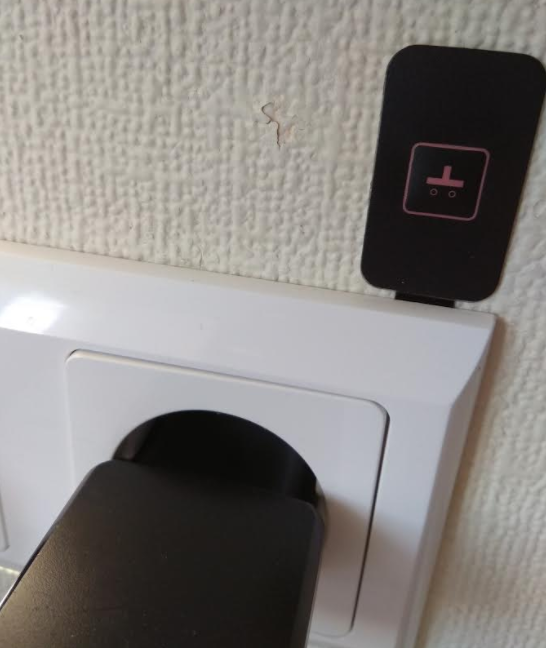
make sense?
sketch is here
https://github.com/EasySensors/WallSocketInsertableNode/blob/master/WallSocketInsertableNode.inobut no LED support there, but easy to add.
Yes, it will work if no gateway around. -


make sense?
sketch is here
https://github.com/EasySensors/WallSocketInsertableNode/blob/master/WallSocketInsertableNode.inobut no LED support there, but easy to add.
Yes, it will work if no gateway around.@yury Yes, this is perfect :) Great job !!!
Have you ever had feature as power meter?
-
@yury Yes, this is perfect :) Great job !!!
Have you ever had feature as power meter?
@jeremushka said in 💬 Wall Socket Insertable Node:
Have you ever had feature as power meter?
there is ACS712ELCTR-20A AC current sensing chip on the board. but Atmega ADC not very accurate at low currents reported from ACS712 - 20A. 15W loads or less can be difficult to recognize.
BTW another idea for LED indication . There is installed pixel LED on-board. check pictures. it is bright enough
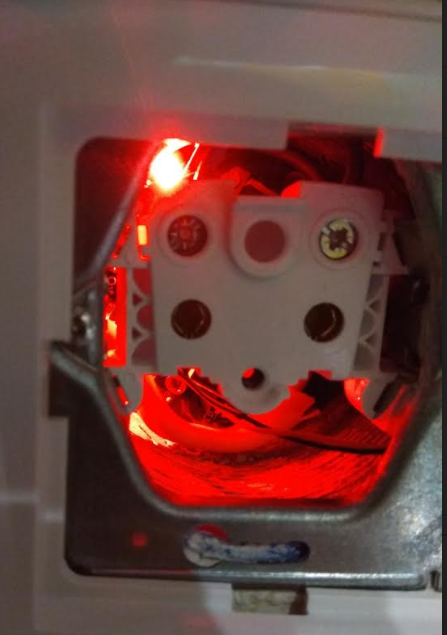

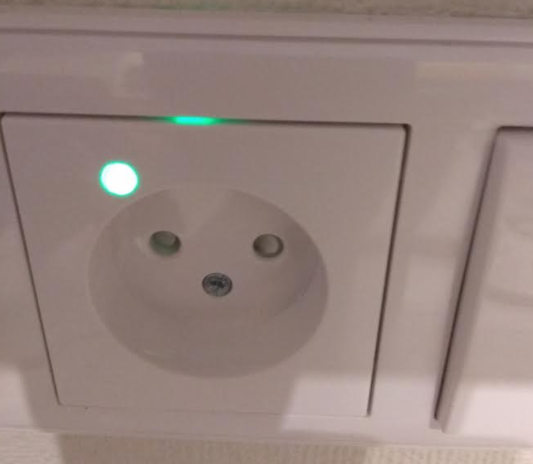
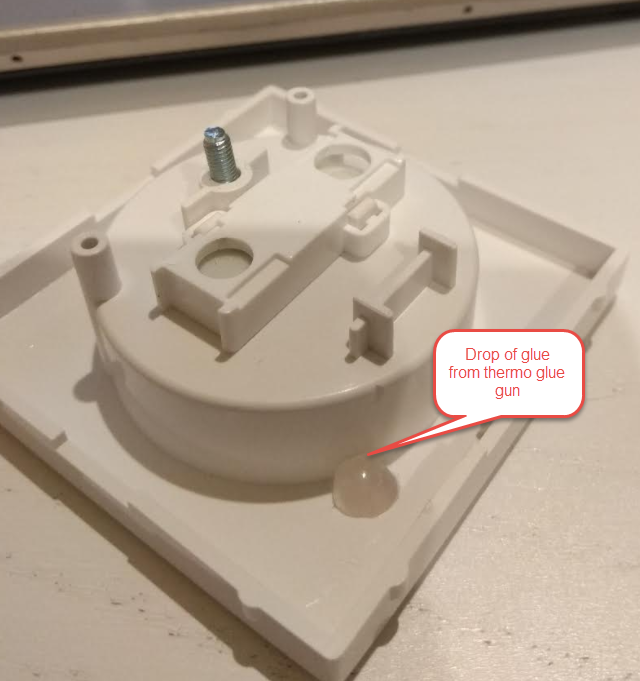
-
@jeremushka said in 💬 Wall Socket Insertable Node:
Have you ever had feature as power meter?
there is ACS712ELCTR-20A AC current sensing chip on the board. but Atmega ADC not very accurate at low currents reported from ACS712 - 20A. 15W loads or less can be difficult to recognize.
BTW another idea for LED indication . There is installed pixel LED on-board. check pictures. it is bright enough




-
@yury said in 💬 Wall Socket Insertable Node:
ACS712ELCTR-20A AC current
That will be great! for the current sensor, i am trying to check accurancy with another component HLW8012, it is used by Xiaomi as well. I don't know if it is good or not yet.
-
@yury said in 💬 Wall Socket Insertable Node:
ACS712ELCTR-20A AC current
That will be great! for the current sensor, i am trying to check accurancy with another component HLW8012, it is used by Xiaomi as well. I don't know if it is good or not yet.
@jeremushka said in 💬 Wall Socket Insertable Node:
HLW8012
Very interesting solution. Except for one thing... According to HLW8012 appnote we need additional 5V power supply if we want to implement safety isolation between low voltage arduino circuit and high voltage circuit.
-
@jeremushka said in 💬 Wall Socket Insertable Node:
HLW8012
Very interesting solution. Except for one thing... According to HLW8012 appnote we need additional 5V power supply if we want to implement safety isolation between low voltage arduino circuit and high voltage circuit.
@Koresh could we reuse the 5V DC at the output of the transformer ? We have the isolation at this point. and the current will be enough for the the circuit.
-
@Koresh could we reuse the 5V DC at the output of the transformer ? We have the isolation at this point. and the current will be enough for the the circuit.
@jeremushka Sorry but I don't understand... In current version of board ACS712 uses 5v DC from the transformer, but ACS output and power circuit are isolated from measure circuit. HLW8012 outputs and power are not isolated from measure circuit, so we should use circuit like this:

And of cource we need additional power supply. -
@yury What do you think about capacitive button "On/Off" to the right corner from led? Look at the pic below...
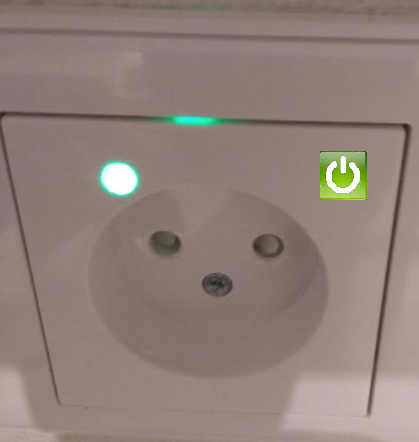
@kalina said in 💬 Wall Socket Insertable Node:
@yury What do you think about capacitive button "On/Off" to the right corner from led? Look at the pic below...

Looks cool! Do you have experience with capacities switches? I did not play much with them. afraid to use close to AC interference though...
-
@kalina said in 💬 Wall Socket Insertable Node:
@yury What do you think about capacitive button "On/Off" to the right corner from led? Look at the pic below...

Looks cool! Do you have experience with capacities switches? I did not play much with them. afraid to use close to AC interference though...
-
@DavidZH Sorry for such long delay with this question. I will try to explain it carefully now.
I think it is not possible to buy ready transformer on ali or anywhere else. You can only derive it yourself according to your schematic and produce it at any factory according to your requirements.
This board has flyback power supply so you can use any flyback transformer design guide, or use as similar as possible reference design. I used EBC10010 reference design to produce the required transformer.
The main difficulty is the difference between theoretical transformers and produced transformers, so we should tune our schematic to produced transformer a little. Now I have a small batch of transformers almost all of which are soldered on the boards. When I place an order for the next batch of transformers (may be a larger one), I can who send it to anyone who is interested (of course with a tuned schematic if the next batch is different).@koresh Hi, I'm interested in the transformers. Do you have some to spare? I like your design very much because is so low profile. I will try to assemble some on my own to test the design but I have no idea where to find/order adequate transformer for it (you mentioned that you order them custom made). Thank you very much for the answer.
-
@kalina said in 💬 Wall Socket Insertable Node:
@yury What do you think about capacitive button "On/Off" to the right corner from led? Look at the pic below...

Looks cool! Do you have experience with capacities switches? I did not play much with them. afraid to use close to AC interference though...
@yury said in 💬 Wall Socket Insertable Node:
Looks cool! Do you have experience with capacities switches? I did not play much with them. afraid to use close to AC interference though...
You need to use a capacitive IC with active shielding, basically you have an extra electrode around your touch electrode and the touch IC will compare capacitive change of the touch electrode with capacitive change from the shield electrode. If the change is due to electrical interference then both electrodes will be changed in a similar way and the IC will not trigger.

